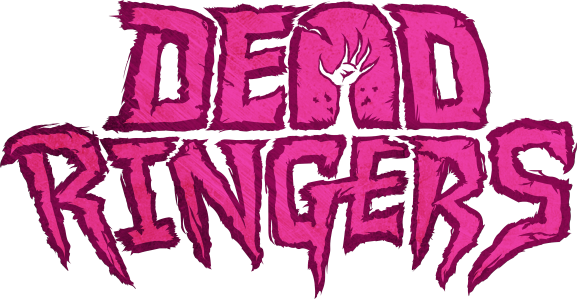By: Nolan McBride

When Unfriended arrived in 2015, the found footage subgenre was already on the decline, having saturated the market for the previous five or six years following the success of movies like Paranormal Activity. The format, it seemed, was wearing thin, prone to being too formulaic and one-note (though, to this day, I’ll still give most of them a shot). The movie reviewed well and grossed a ton of money relative to its meager budget ($1 million), but it seemed to exit the conversation just as quickly as it had arrived.
Unfriended mixes things up by limiting its perspective to a single screen. Though The Den embraced the computer screen (and specifically, video chat) angle of found footage a year prior, that movie’s “footage” starts on the computer and moves to a number of other sources by the time it reaches its climax. Unfriended, on the other hand, is the first found footage horror movie to truly stick to a single screen for its entire running time (save for its final shot), a significant enough change that one of the film’s producers, Timur Bekmambetov, has branded this specific subgenre “Screen Life” movies.
“Screen Life” movies, which immerse the audience in the lives of their characters through the computer screen, are all about working within constraints and, in that respect, Unfriended is wildly successful. The idea of a social media-inspired horror movie where we watch teens play around on their computer for 90 minutes sounded ill-advised (especially given its original title, Cybernatural), but Unfriended uses its limitations to its advantage, developing its (mostly despicable) characters through a number of small but significant touches.

The movie plays out like a Skype group call in which six teenagers hang out, talking about prom and making mean jokes at each others’ expense, but soon a mysterious and faceless stranger joins the call, disrupting their carefree chit chat. The stranger begins sending eerie messages to the group, claiming to be another member of their circle who committed suicide one year prior. The stranger begins sowing dissent among the teens and pitting them against one another by posting damning photos on Facebook and sending mean and passive-aggressive Skype messages that seem to originate from other members within the group.
As they frantically attempt to remove this inexplicable troll from their chat, a couple of kids are killed off in bizarre and abrupt fashion, appearing to anyone not taking part in the chat as suicides. The final half of the movie takes the form of a twisted game of “Never Have I Ever,” in which all of the characters dirty secrets are revealed along with the reason why they were targeted by this supernatural force. Ultimately, it’s a bit like I Know What You Did Last Summer meets Final Destination with a dash of The Ring, but all contained within a laptop screen.
Like the website from which it derives its name, Unfriended is all about the personas we present to the world. It taps into the performative nature of social media, the way we curate our personalities online, sanding down rougher edges into more friendly and acceptable personas. At the onset of the story, the characters appear as ordinary (though undoubtedly privileged) teenagers, but as their dark secrets come to light, we come to understand that all of them have been hiding their worst selves from not just each other, but the audience too.

It’s easy enough to wave a hand and dismiss these teens as terrible human beings (and they are), but Unfriended is just interested in the technology that has enabled this obsession with self-editing and showing off only our best angles. Some of my favorite moments are just watching the main character, Blaire (Shelley Hennig), type, delete, and re-type messages to her boyfriend, Mitch (Moses Storm), revising until they convey the appropriate tone. Or the way she anxiously awaits responses from Mitch while the familiar-to-anyone-with-an-iPhone ellipses symbol holds her in suspense. Computers and technology have made communication game-like, volleying carefully crafted texts back-and-forth until the right result is achieved.
We can actually learn more about who Blaire is and what her interests are from the items on her desktop, the internet tabs she keeps open, or the music and videos she chooses to play than what she says to her friends. She is an unreliable narrator, but her computer screen contains clues that we can piece together to form a better picture. It’s very puzzle-like in its approach to character development, but I find its novelty enticing rather than frustrating. That much of Blaire’s development takes place without traditional dialogue is even more of a feat, which pays off doubly at the film’s conclusion when we discover Blaire is not the person she led us to believe.
In addition to tackling the way we craft online personas, Unfriended addresses cyberbullying and the way small acts of cruelty accumulate and ripple outward, affecting others in unintended ways. It’s the characters inability to take responsibility for their actions that is their downfall. They fail to understand the very real effects of their online behavior, a lesson that is more relevant than ever in 2018.
What ultimately makes Unfriended special is how writer Nelson Greaves and director Levan Gabriadze are able to incorporate all of those themes and ideas into this clever and inventive exercise in genre storytelling. I think many who see it will focus on the way this movie is made, how it is able to convey its seemingly surface level story within the frame of the computer screen. My hope is more people will see just how interconnected its ideas and execution are, taking its technical limitations as challenges to tell a compelling and cohesive story about the ways living online has affected our behavior.
